Henrik Bruus9780199235094, 0199235090
Table of contents :
Contents……Page 8
List of symbols……Page 14
1.1 Lab-on-a-chip technology……Page 18
1.2 Scaling laws in microfluidics……Page 19
1.3 Fluids and fields……Page 20
1.4 SI units and mathematical notation……Page 24
1.5 Perturbation theory……Page 28
1.6 Eigenfunction expansion……Page 30
1.8 Exercises……Page 32
1.9 Solutions……Page 34
2.1 Mass flux, conservation of mass, and the continuity equation……Page 36
2.2 Momentum flux, force densities, and the equation of motion……Page 38
2.3 Energy flux and the heat-transfer equation……Page 45
2.4 Further reading……Page 48
2.5 Exercises……Page 49
2.6 Solutions……Page 50
3.1 Fluids in mechanical equilibrium……Page 54
3.2 Liquid film flow on an inclined plane……Page 56
3.3 Couette flow……Page 57
3.4 Poiseuille flow……Page 58
3.5 Poiseuille flow in shape-perturbed channels……Page 68
3.6 Poiseuille flow for weakly compressible fluids……Page 72
3.7 Stokes drag on a sphere moving in steady state……Page 77
3.8 Exercises……Page 80
3.9 Solutions……Page 82
4.1 Viscous dissipation of energy for incompressible fluids……Page 88
4.2 Hydraulic resistance of some straight channels……Page 91
4.3 Shape dependence of hydraulic resistance……Page 92
4.4 Reynolds number for systems with two length scales……Page 96
4.5 Hydraulic resistance, two connected straight channels……Page 98
4.6 Compliance……Page 100
4.7 Equivalent circuit theory and Kirchhoff’s laws……Page 101
4.8 Exercises……Page 103
4.9 Solutions……Page 105
5.1 A random-walk model of diffusion……Page 108
5.2 The convection-diffusion equation for solutions……Page 110
5.3 The diffusion equation……Page 112
5.4 The H-filter: separating solutes by diffusion……Page 115
5.5 Taylor dispersion; a convection-diffusion example……Page 117
5.6 Exercises……Page 122
5.7 Solutions……Page 123
6.1 Starting a Couette flow……Page 126
6.2 Stopping a Poiseuille flow by viscous forces……Page 128
6.3 Flow induced by slowly oscillating boundaries……Page 130
6.4 Accelerated motion of a spherical body in a liquid……Page 133
6.5 Other time-dependent flows……Page 134
6.7 Solutions……Page 135
7.1 Surface tension……Page 140
7.2 Contact angle……Page 144
7.3 Capillary length and capillary rise……Page 145
7.4 Capillary pumps……Page 148
7.6 Exercises……Page 151
7.7 Solutions……Page 153
8.1 Polarization and dipole moments……Page 158
8.2 Electrokinetic effects……Page 160
8.3 The Debye layer near charged surfaces……Page 162
8.5 Exercises……Page 169
8.6 Solutions……Page 171
9.2 Ideal electro-osmotic flow……Page 174
9.3 Debye-layer overlap……Page 178
9.4 Ideal EO flow with backpressure……Page 179
9.5 The many-channel EO pump……Page 182
9.6 The cascade EO pump……Page 183
9.8 Exercises……Page 186
9.9 Solutions……Page 187
10.1 Induced polarization and dielectric forces; heuristically……Page 190
10.2 A point dipole in a dielectric fluid……Page 191
10.3 A dielectric sphere in a dielectric fluid; induced dipole……Page 192
10.4 The dielectrophoretic force on a dielectric sphere……Page 194
10.5 Dielectrophoretic particle trapping in microfluidics……Page 195
10.6 The AC dielectrophoretic force on a dielectric sphere……Page 197
10.7 Exercises……Page 199
10.8 Solutions……Page 201
11.1 Magnetophoresis and bioanalysis……Page 204
11.2 Magnetostatics……Page 205
11.3 Basic equations for magnetophoresis……Page 207
11.4 Calculation of magnetic-bead motion……Page 208
11.5 Magnetophoretic lab-on-a-chip systems……Page 210
11.7 Exercises……Page 211
11.8 Solutions……Page 212
12 Thermal transfer……Page 214
12.1 Thermal effects in hydrostatics……Page 215
12.2 Poiseuille flow in a transverse temperature gradient……Page 218
12.3 Equivalent circuit model for heat transfer……Page 222
12.4 The PCR biochip……Page 225
12.5 Exercises……Page 227
12.6 Solutions……Page 228
13.1 Two-phase Poiseuille flow……Page 230
13.2 Capillary and gravity waves……Page 232
13.3 Gas bubbles in microfluidic channels……Page 237
13.4 Droplets in microfluidic junctions and digital fluidics……Page 241
13.6 Exercises……Page 243
13.7 Solutions……Page 245
14.1 Pressure-driven flow in shape-perturbed microchannels……Page 248
14.2 Streamlines in a shape-perturbed channel……Page 252
14.3 Lubrication theory……Page 254
14.4 The staggered herring-bone mixer……Page 255
14.5 Induced-charge electrolytic flow……Page 257
14.6 Exercises……Page 265
14.7 Solutions……Page 266
15 Acoustofluidics……Page 272
15.1 The acoustic-wave equation for zero viscosity……Page 273
15.2 Acoustic waves in first-order perturbation theory……Page 275
15.3 Viscous damping of first-order acoustic waves……Page 277
15.4 Acoustic resonances……Page 279
15.5 Acoustic waves in multilayer systems……Page 281
15.6 Second-order acoustic fields……Page 284
15.7 Further reading……Page 287
15.8 Exercises……Page 288
15.9 Solutions……Page 289
16 Optofluidics……Page 292
16.1 The optical wave equation in electrolytes……Page 293
16.2 Molecular absorption and Beer–Lambert’s law……Page 295
16.3 Molecular fluorescence and phosphorescence……Page 298
16.4 Onchip waveguides……Page 299
16.5 Onchip laser sources……Page 300
16.6 Photonic bandgap structures in optofluidics……Page 303
16.8 Exercises……Page 305
16.9 Solutions……Page 306
17.1 Investigation of the no-slip boundary condition……Page 308
17.2 Capillary filling of nanochannels……Page 311
17.3 Squeeze flow in nanoimprint lithography……Page 315
17.4 Nanofluidics and molecular dynamics……Page 319
17.5 Exercises……Page 321
17.6 Solutions……Page 322
A.2 Viscosity……Page 326
A.4 Surface tension and contact angle……Page 327
Appendix B: Dimensionless numbers……Page 328
C.1 Cartesian co-ordinates……Page 330
C.2 Cylindrical polar co-ordinates……Page 331
C.3 Spherical polar co-ordinates……Page 333
D.1 The partition function and the free energy……Page 336
D.2 The chemical potential of a solution……Page 337
Appendix E: The wave equation……Page 338
F.1 The finite-element method (FEM)……Page 342
F.2 The level set method and motion of interfaces……Page 346
Bibliography……Page 350
C……Page 356
D……Page 357
F……Page 358
I……Page 359
N……Page 360
P……Page 361
T……Page 362
Z……Page 363
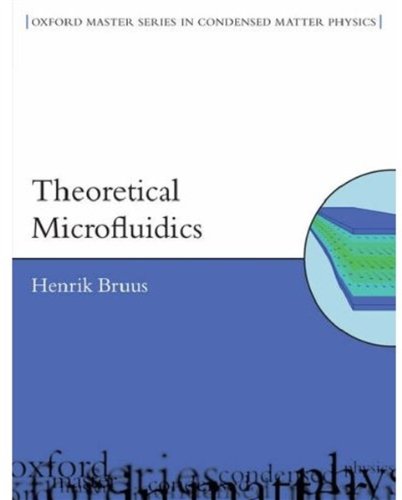
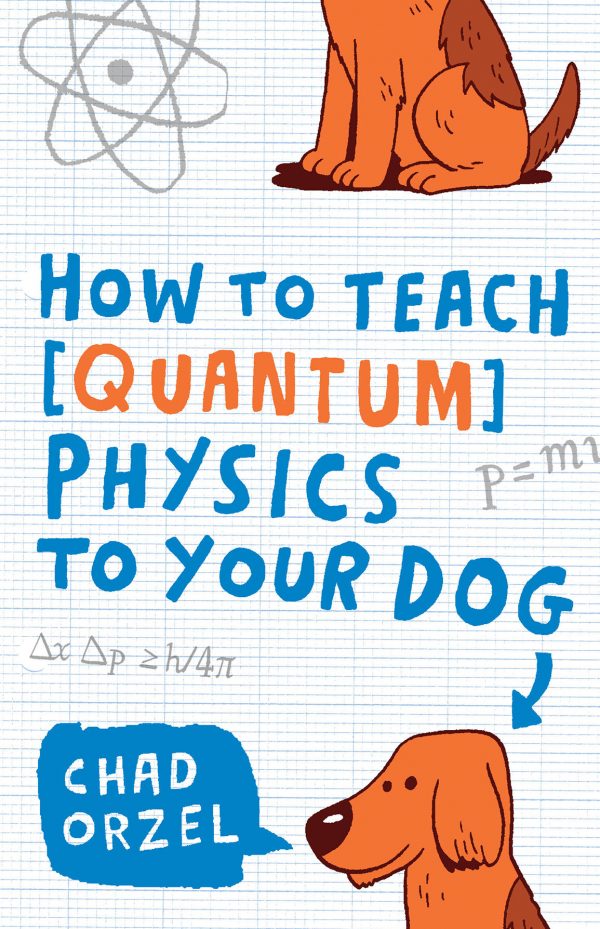
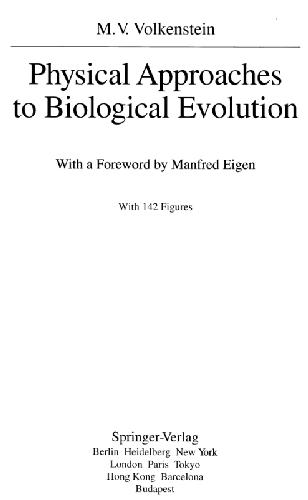
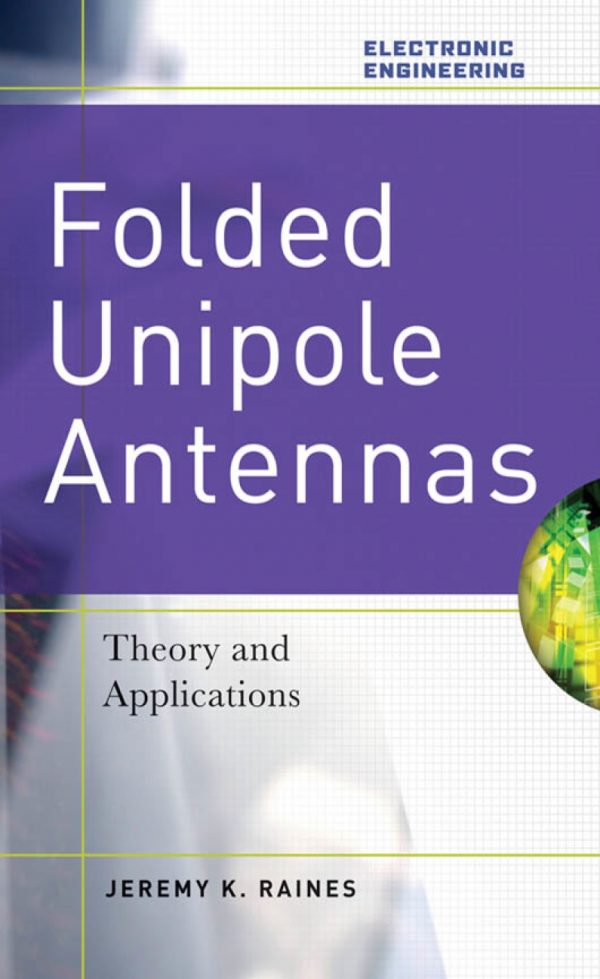
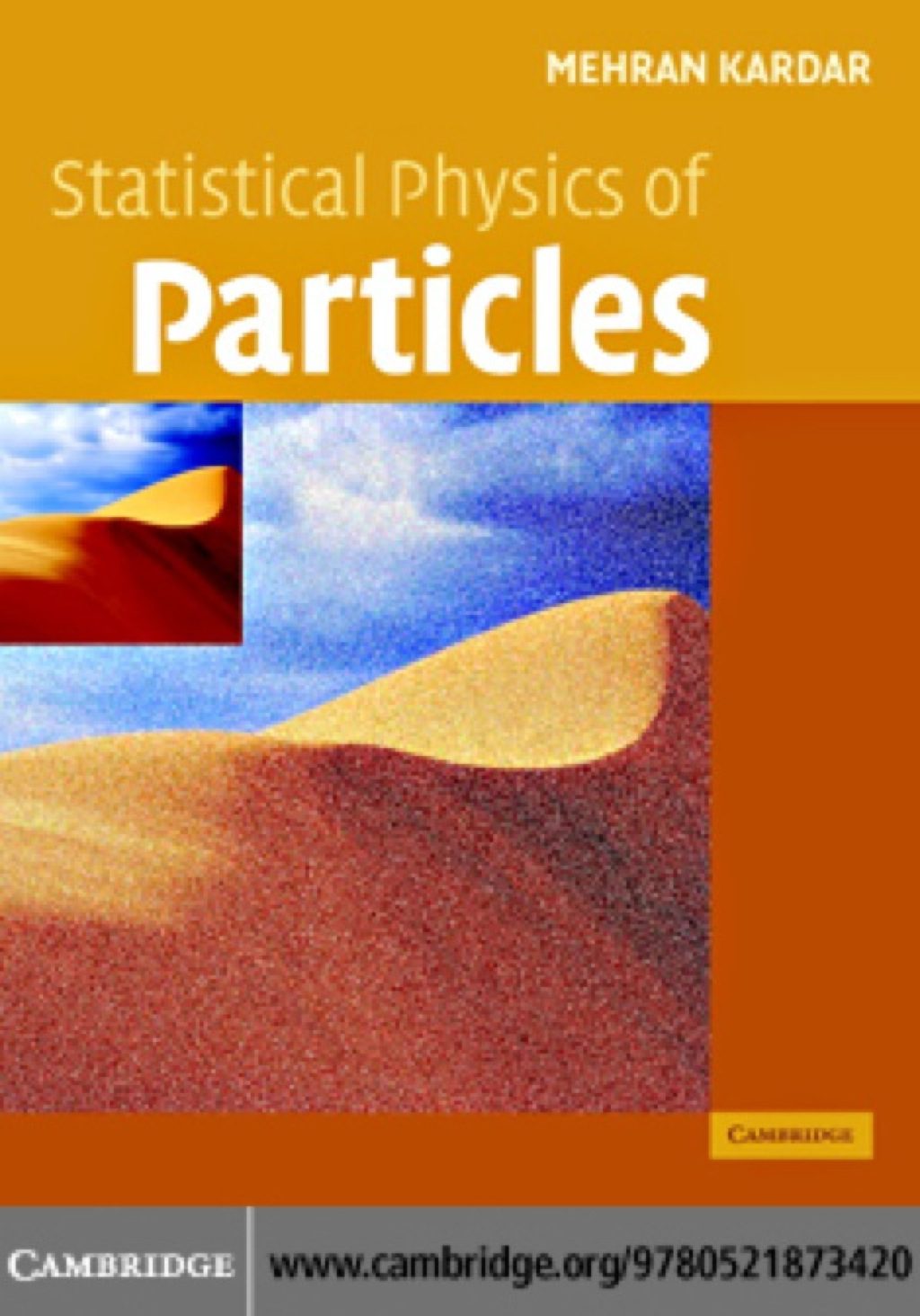
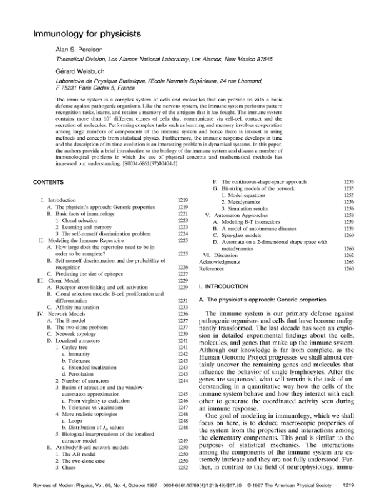
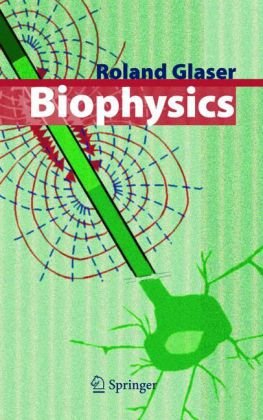
Reviews
There are no reviews yet.